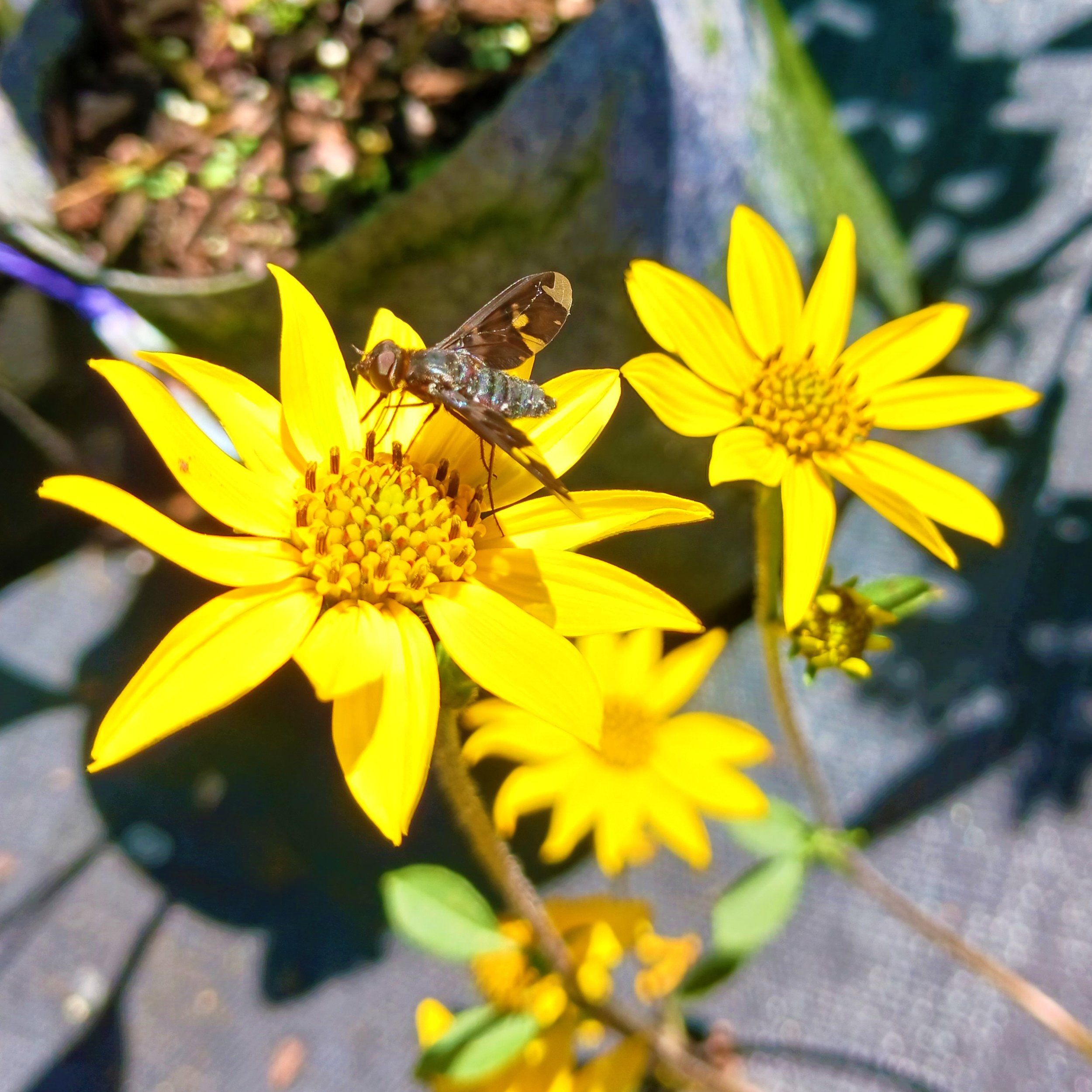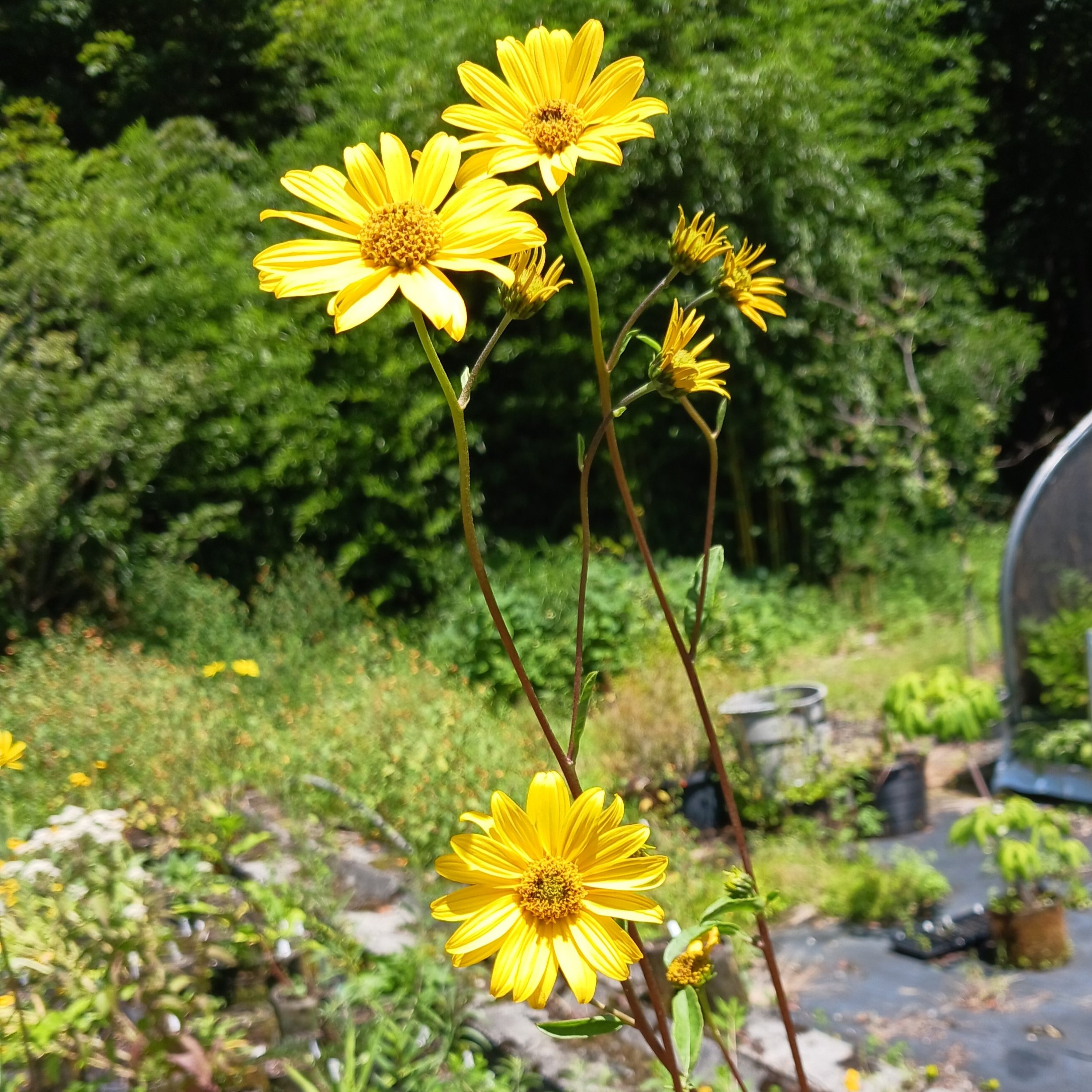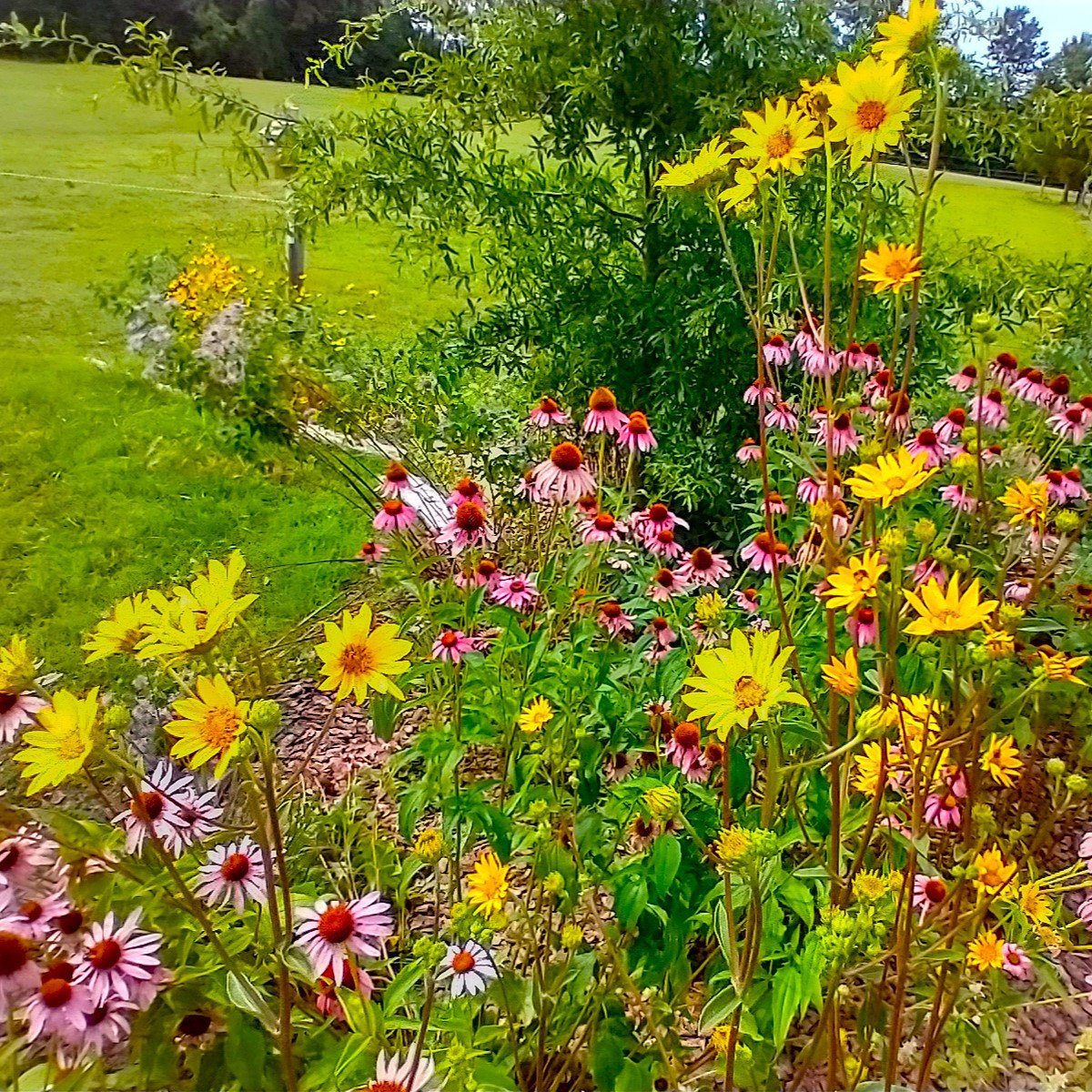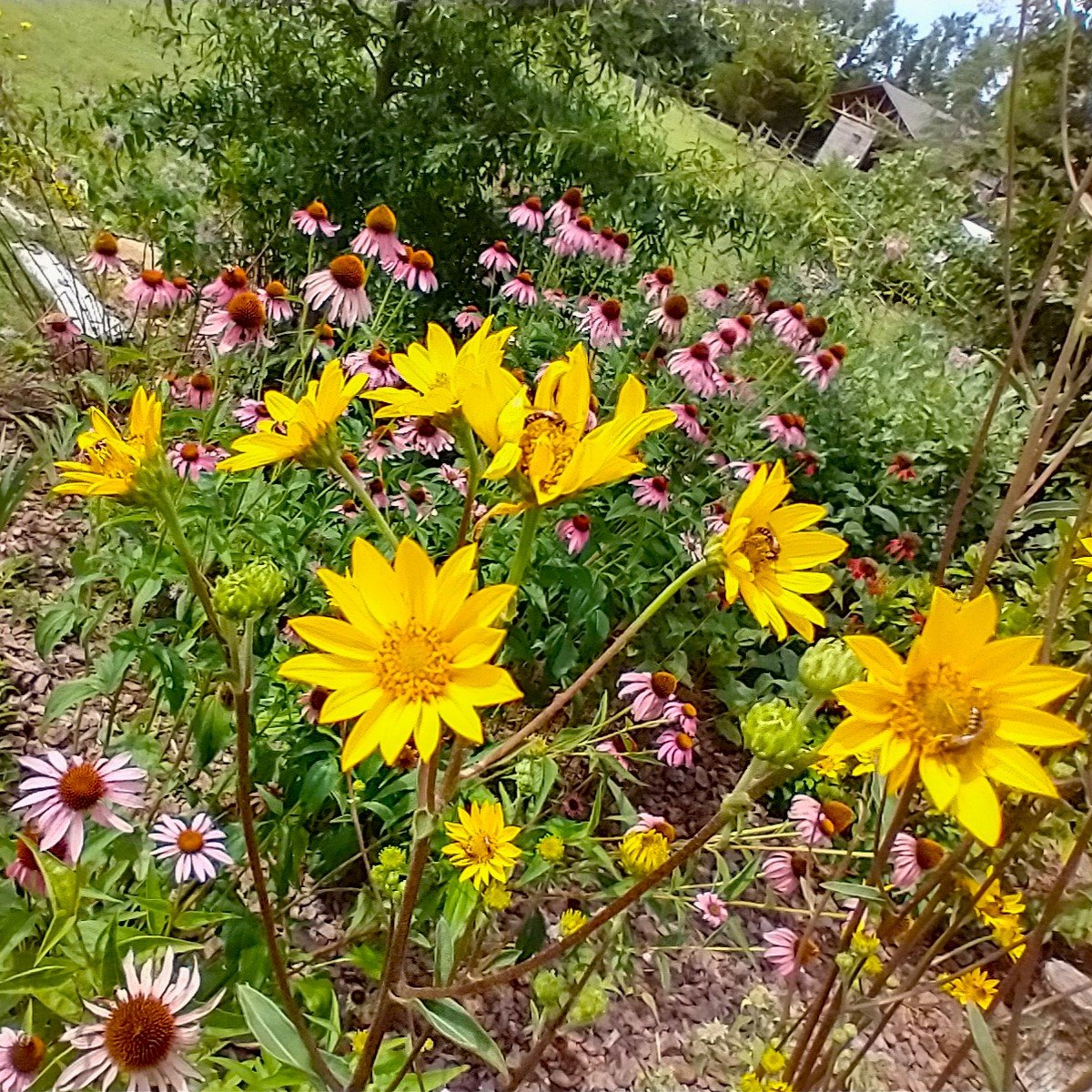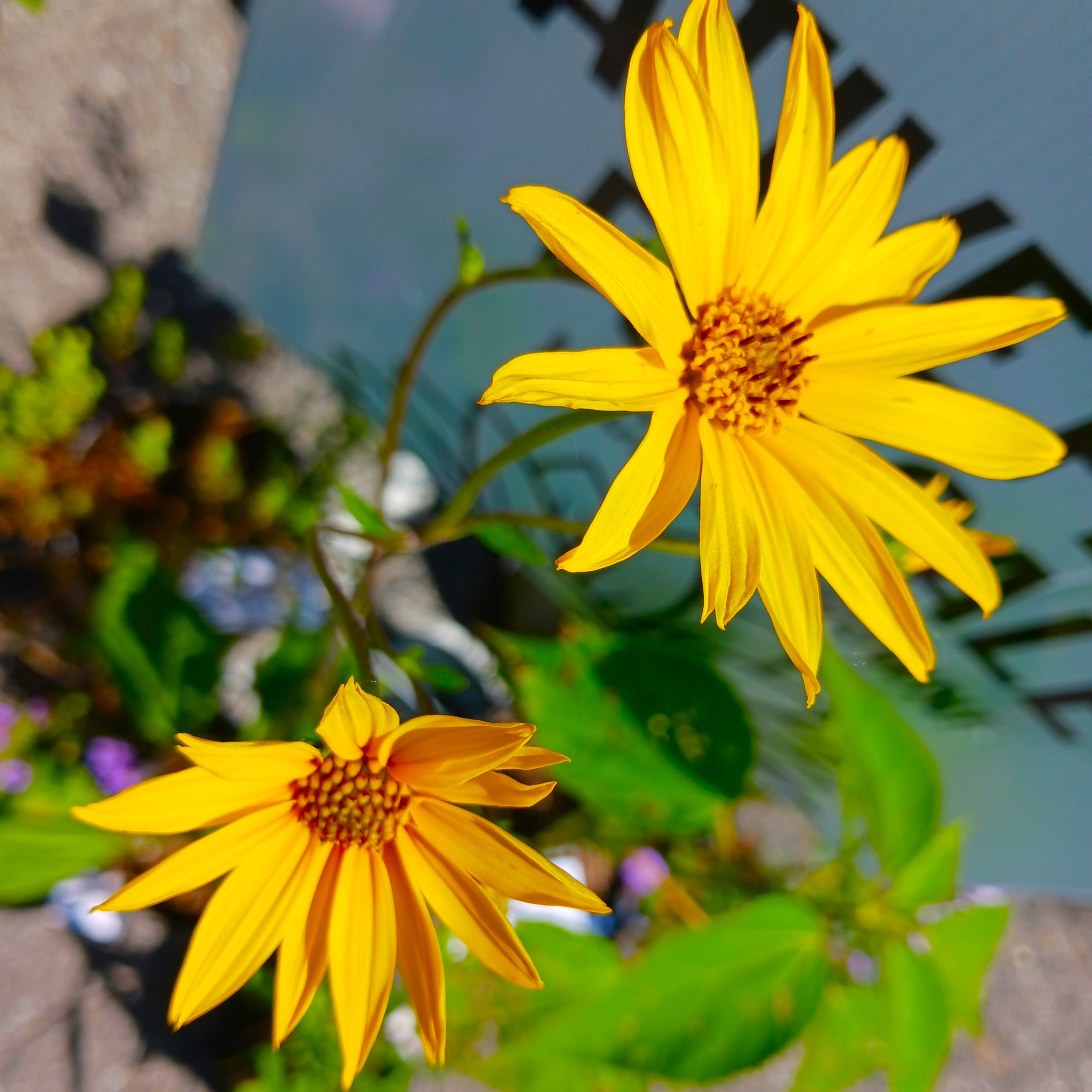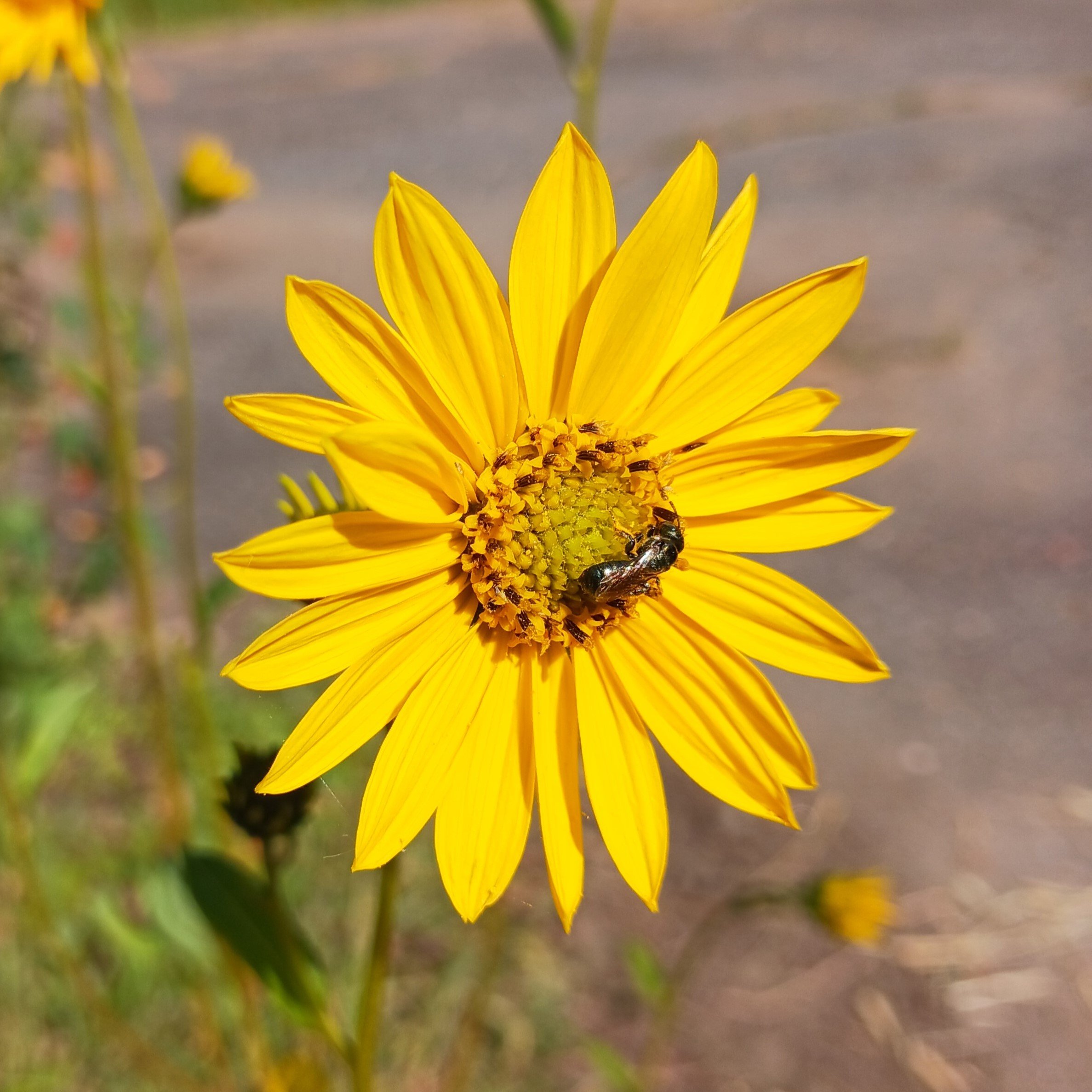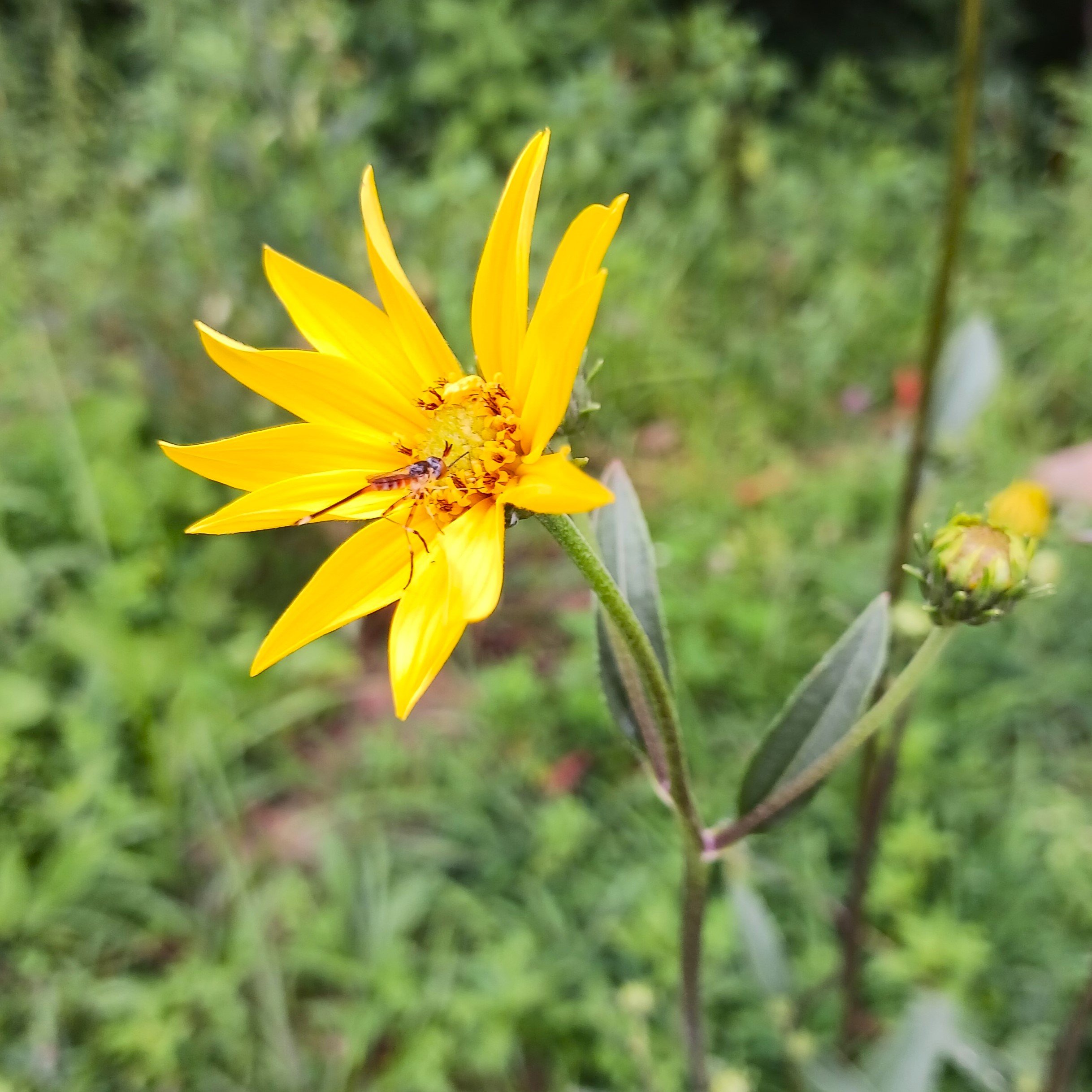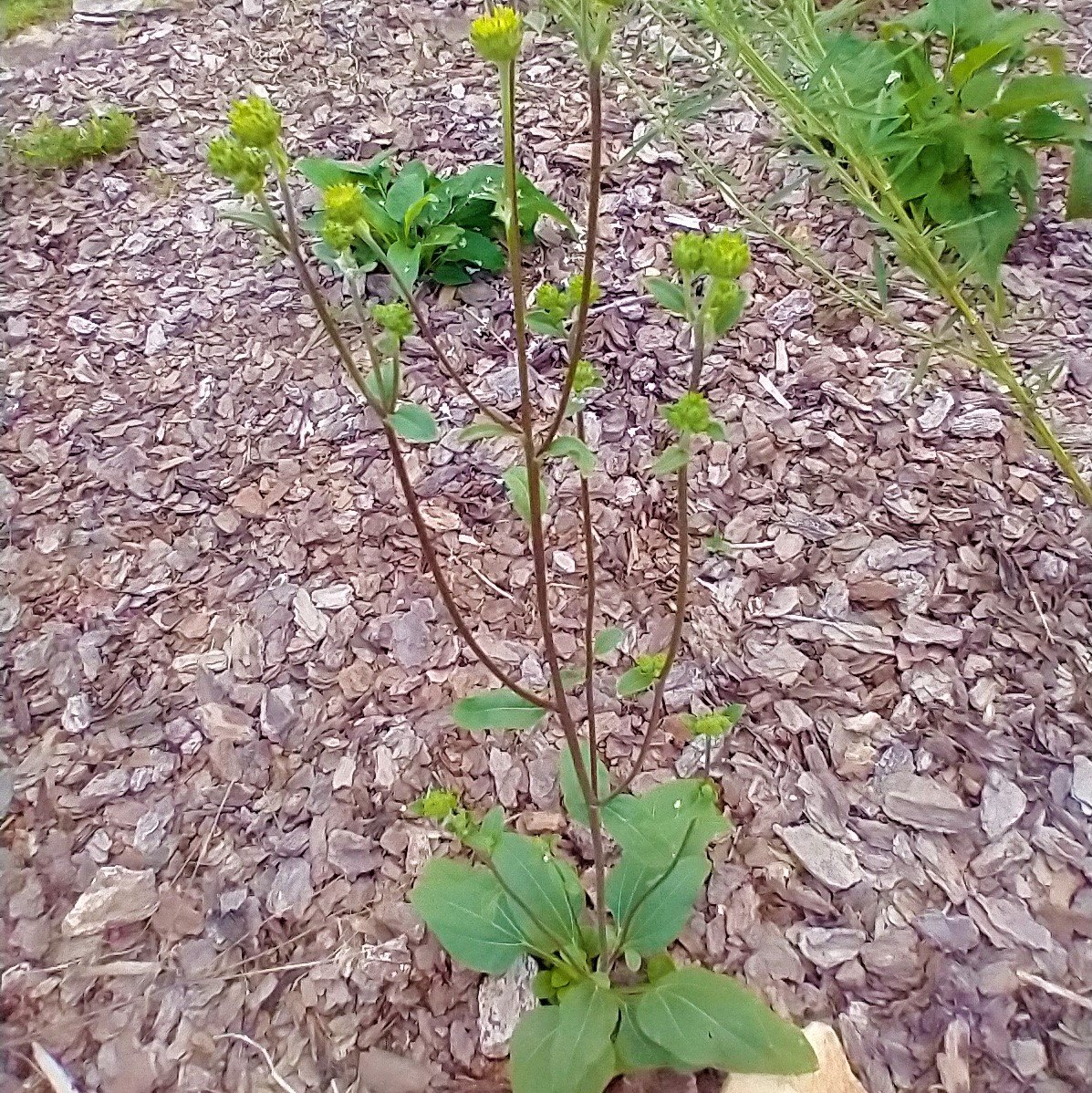Helianthus occidentalis (Western Sunflower)
Sunflowers like Helianthus occidentalis are hardy native perennials which provide long-lasting color in summer and fall. One of the easiest wildflowers to care for, they provide prolific blooms for a whole range of pollinators, and seed for birds later in the season.
Sunflowers like Helianthus occidentalis are hardy native perennials which provide long-lasting color in summer and fall. One of the easiest wildflowers to care for, they provide prolific blooms for a whole range of pollinators, and seed for birds later in the season.
Sunflowers like Helianthus occidentalis are hardy native perennials which provide long-lasting color in summer and fall. One of the easiest wildflowers to care for, they provide prolific blooms for a whole range of pollinators, and seed for birds later in the season.
Helianthus occidentalis is one of the easiest sunflowers to grow, and works well in a variety of gardens. It thrives in full sun but tolerates some shade, blooming with at least 4+ hours of sun. Sometimes called “swamp sunflower” it can really grow in both wet and dry soils, sandy or clay, with a dense root system that allows it to be tolerant of hot, dry summers as well as rainier locations. It will spread by rhizomes to form colonies, but it is not considered as aggressive as other sunflower species. Its leaves are rough, like sandpaper, and unique to Helianthus occidentalis, they grow close to the ground, forming a living cover of mulch. The flower stalks are long and “naked” with only a few leaves, reaching up to 4’ in height, with a showy and long-lasting display of yellow flowers, smaller than other species, but no less beautiful. This also makes them useful as cut flowers and for attracting pollinators in the garden. This species can also be used in natural landscapes where it will perform well on its own, especially once established after its first year.
Our native sunflowers are part of the genus Helianthus, and despite their importance as an ecological keystone species, they are surprisingly rare throughout what was once a prolific range. Unlike annual sunflowers grown as crops, perennial sunflowers establish important linkages by creating known sources of food that dependent species can reliably find over generations. This is one reason why so many insects have specialized exclusively in feeding on sunflowers, and conversely birds know these as guaranteed larders for feeding their young. Colonies of perennial sunflowers can persist in the right conditions, allowing these ecological links to reinforce year after year. These wildflowers have important benefit to a range of species, including dozens of specialist bees which feed on a narrow range of flowers, and caterpillars for a number of butterflies and moths, some of which only feed on sunflowers. In addition to eating insects, birds will also feed on the seeds later in the fall and early winter, including finches, sparrows, and bobwhite quail. Finally, sunflowers provide food to a panoply of other insect species, making them an important link to native habitats beyond just birds and bees. Despite this, we have never seen this as a problem, since Helianthus grow so abundantly in both wet and dry conditions. Really, sunflowers are a must for every garden.
Pollinators: bumblebees, long-horned bees, leafcutter bees, metallic sweat bees, honey bees, butterflies, syrphid flies, wasps, beetles
Host Plant for Butterflies/Moths: 60+ species of Lepidoptera in our region, including the Gorgone Checkerspot butterfly (Chlosyne gorgone)
Dependent Species: 32 species of oligolectic bees, 1 species of monolectic bee - Sunflower Miner Bee (Andrena helianthii); Lepidoptera species - Banded Sunflower Moth (Cochylichroa hospes), Frothy Moth (Plagiomimicus spumosum), Maritime Sunflower Borer (Papaipema maritima), Sunflower Borer Moth (Papaipema necopina), Sunflower Bud Moth (Suleima helianthana), Yellow Sunflower Moth (Stiria rugifrons), Eucosma sombreana, Teladoma helianthi
Wildlife Value: Bobwhite quail, Songbirds, Thrushes, Wood Warblers, hollow stems for stem-nesting bees
Deer Resistance: Good
Native Region: Appalachian Mountains
Seed Origin: USA
USDA Zones: 3-9
States found in our region: AL, GA, KY, MD, NC, PA, SC, TN, VA, WV
Other states found: AR, FL, IL, IN, IA, KS, LA, MI, MN, MS, MO, OH, TX, WI


